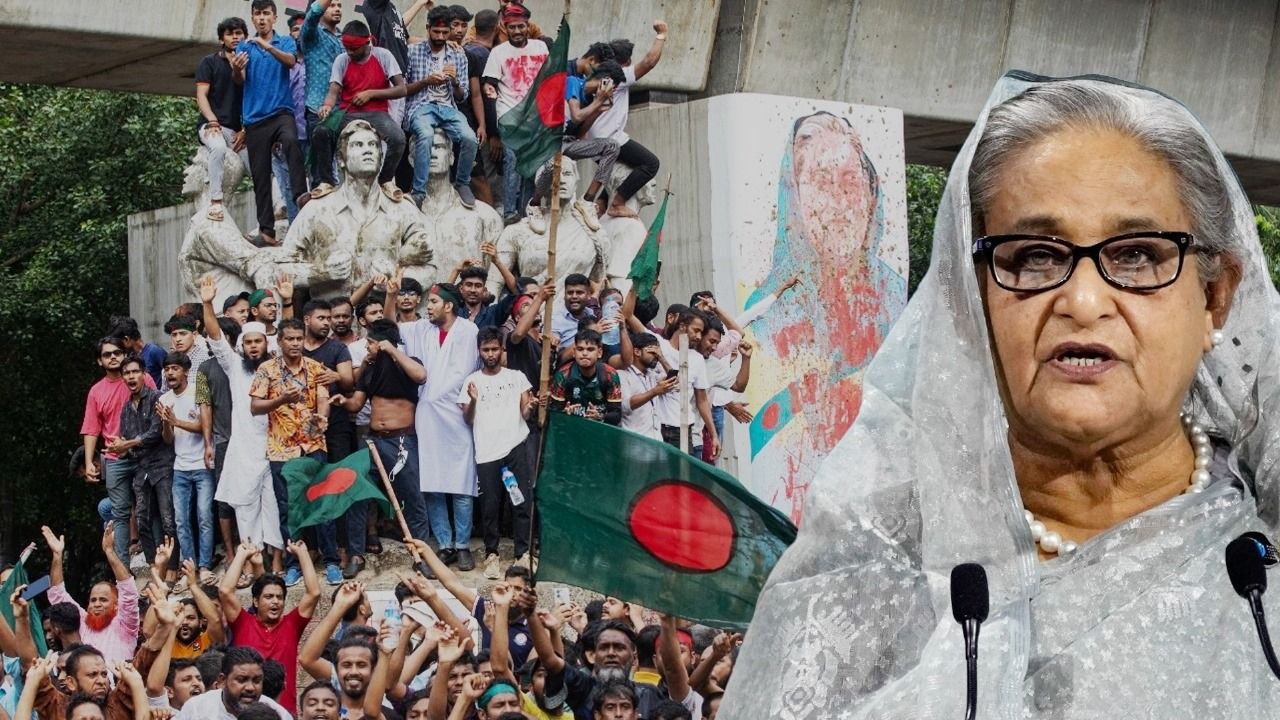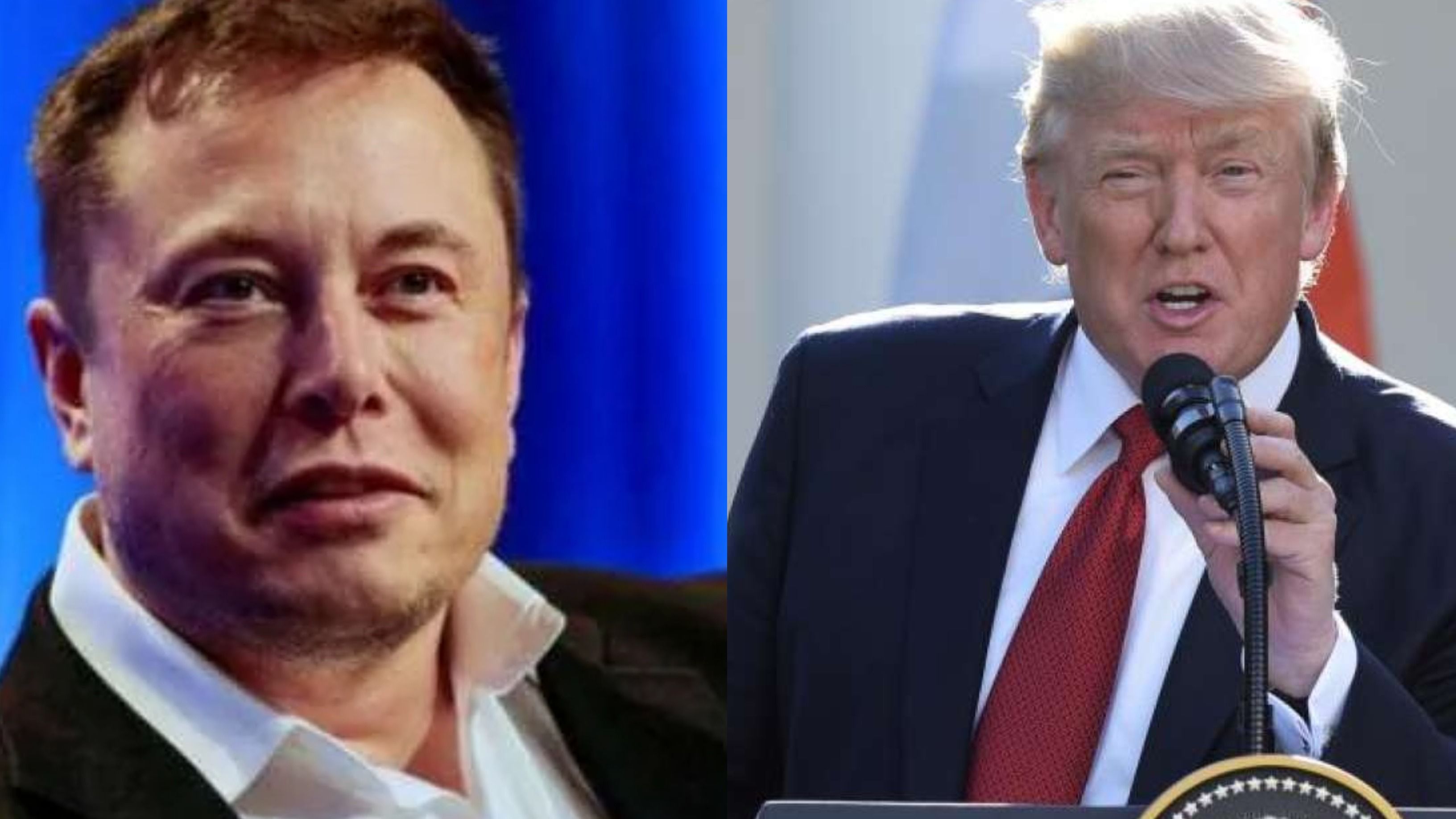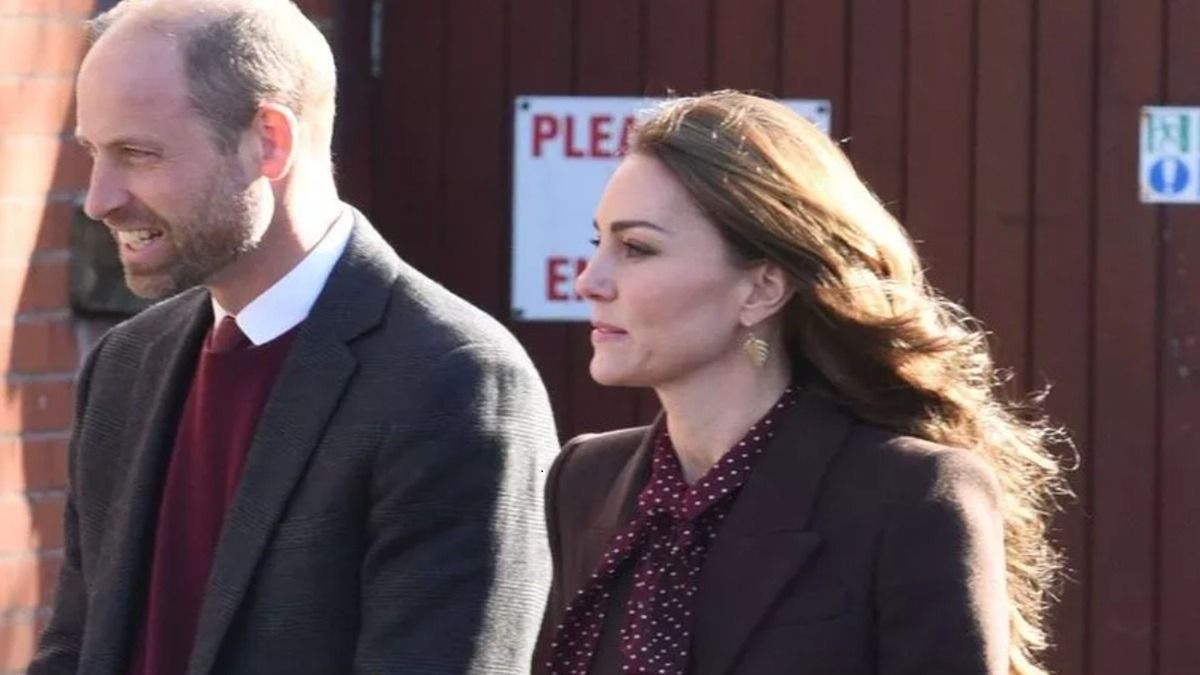Bangladesh Unrest: Sheikh Hasina’s resignation has descended Bangladesh into chaos after her government collapsed as a result of violent protests and military coup. The development took place amid violent protests that gripped the nation for days killing over 300 people. Hasina fled the country and is currently taking shelter in India. She first entered India via Agartala and later landed at Hindon Air Base in Ghaziabad, near Delhi. India’s National Security Advisor (NSA) Ajit Doval met Hasina while Prime Minister Narendra Modi chaired a high-level security meet with Home Minister Amit Shah, Defence Minister Rajnath Singh, EAM S Jaishankar, Finance Minister Nirmala Sitharaman among others. Meanwhile Bangladesh Army Chief General Waqar-uz-Zaman in a televised address announced that an interim government will be taking over and asked the citizens to cooperate, signalling the end of Hasina’s 15-year power run.
The Army chief said he had met political leaders and told them the Army would take over responsibility for law and order. However, there were no leaders from Hasina’s Awami League party at the meeting.
Chaos in Dhaka
As the news of Hasina’s departure spread, hundreds broke into her residence, vandalising and looting the interiors, providing dramatic expression to the anti-government protests.
With volatile crowds taking to the streets — some clambering on Hasina’s father and Bangladesh founder Sheikh Mujibur Rahman’s statue and smashing it with hammers in a lasting image underscoring the fickleness of history.
As protests spiralled across the country, the army chief said he had asked both Army and police not to fire any shots. Zaman also urged restraint and asked protesters to end the violence. He vowed “justice” for all the people.
Bangladesh President Mohammed Shahabuddin, later in the night, also said that that an interim government would be formed after dissolving the parliament as he ordered the release of former prime minister Khaleda Zia, who is under house arrest after being convicted in several cases.
What Dhaka unrest means for India?
India and Bangladesh have been moving forward on a path of mutual trust and improving strategic cooperation. The friendly government in the neighbourhood added to the stability of the region and also a boost for India’s security. However, after the collapse of Sheikh Hasina’s government, whose regime was always seen as friendly towards India, is certainly not a desired development for New Delhi.
Chances of more refugees to India: An unstable Bangladesh may force its citizens to leave the country and seek refuge in India. In a situation like this, India will have to make sure that its border remain secure and intake of any refugee should be done a planned way.
Boost for terrorists: Many political analysts are of the view that the new Bangladesh may become a safe haven for terrorists which could compromise the safety of the region. It can also become a security issues for India which is monitoring the situation very closely.
Hindus in Bangladesh: The volatile situation in Bangladesh may trigger violence against minorities especially Hindus, therefore, India will have to make sure its citizens remain through diplomatic channels.
Impact on apparel industry and world?
Bangladesh is known for its apparel industry as it houses manufacturing units of popular brands like Zara, H&M, Marks & Spencer among others. The industry output may be impacted till the time the nation returns to stability.
What led to unrest in Bangladesh?
At first, the demonstrations were against a quota system that set aside up to 30% of government jobs for family members of veterans who fought in Bangladesh’s 1971 war of independence against Pakistan.
Protesters said the system was discriminatory and benefited supporters of Prime Minister Sheikh Hasina’s Awami League party, which led the independence movement.
The furor highlighted the extent of economic distress in Bangladesh, where exports have fallen and foreign exchange reserves are running low. There’s a lack of quality jobs for young graduates, who increasingly seek the more stable and lucrative government jobs.
As the violence crested, the Supreme Court last month ruled that the veterans’ quota must be cut to 5%, with 93% of jobs to be allocated on merit. The remaining 2% will be set aside for members of ethnic minorities and transgender and disabled people.
The government accepted the decision, and restored the internet thinking that the situation would ease. But the protests grew, with new demands for investigations into the deadly crackdowns, and eventually for Hasina and her cabinet to step down.
Emergency numbers issued for Hindus, minorities
Amid unrest, the Bangladesh Army has issued a list of emergency contact number for Hindus, minority families or temples in case they face violent attack or in any sort of danger all over Bangladesh. READ MORE
What’s next for Bangladesh?
Thousands of protesters celebrated in the capital, waving Bangladeshi flags as the news broke, while other looted her official residence, carrying out furniture and even fish from the kitchens. But after 15 years of her administration it’s not clear what comes next.
Gen. Waker-uz-Zaman promised that the military would stand down, and to launch an investigation into the deadly crackdowns that fueled outrage against the government.
“Keep faith in the military, we will investigate all the killings and punish the responsible,” he said. “I have ordered that no army and police will indulge in any kind of firing.”
He asked for patience as a new government is formed.
“Now, the students’ duty is to stay calm and help us,” he added.
Hasina Ousted In Military Coup, What Dhaka Situation Means For India And World world-news World News | Latest International Global World News | Todays Breaking News Headlines




